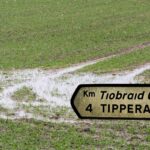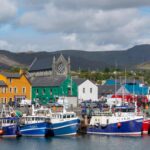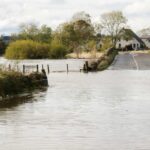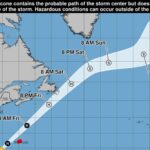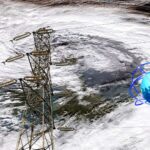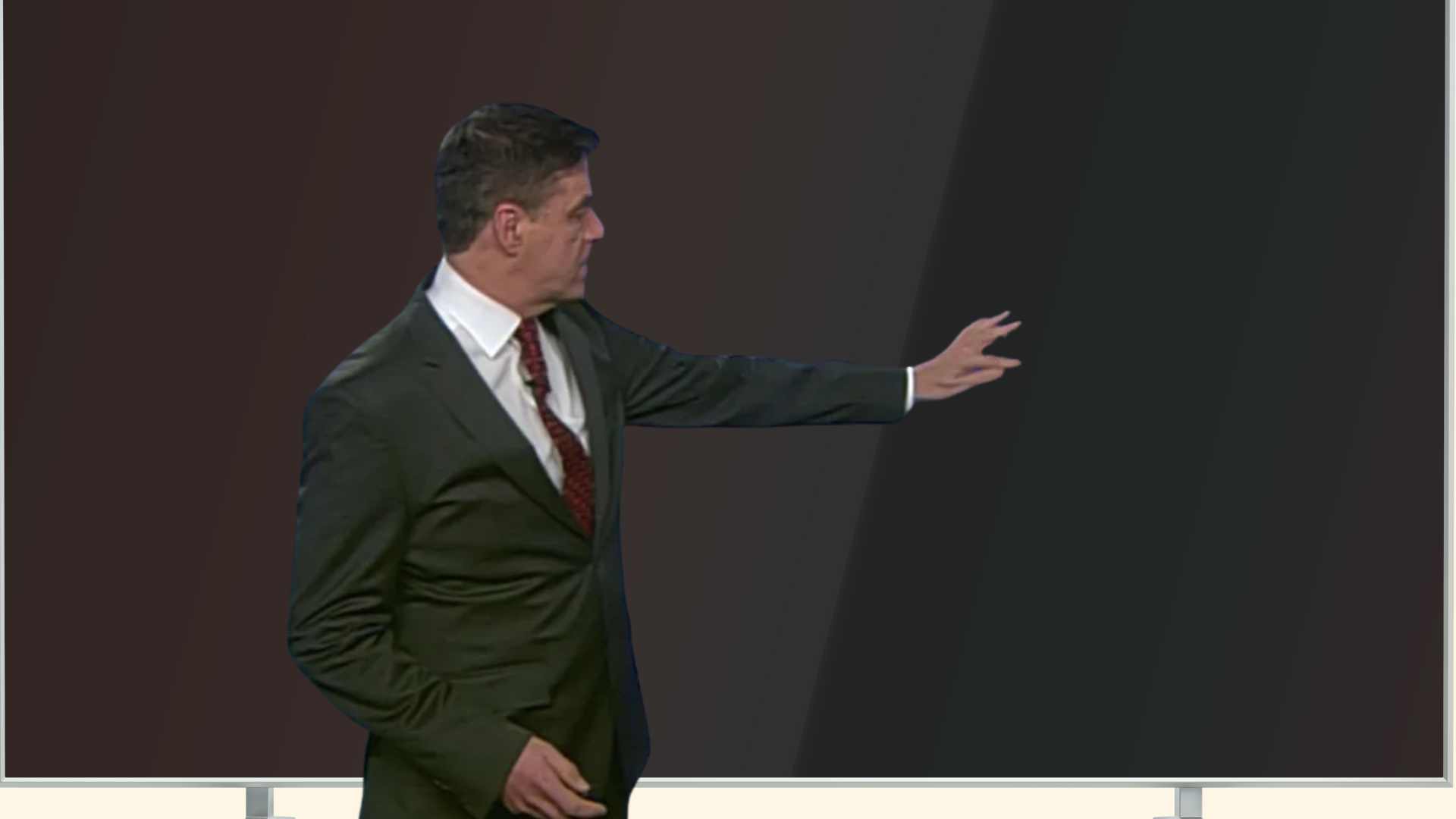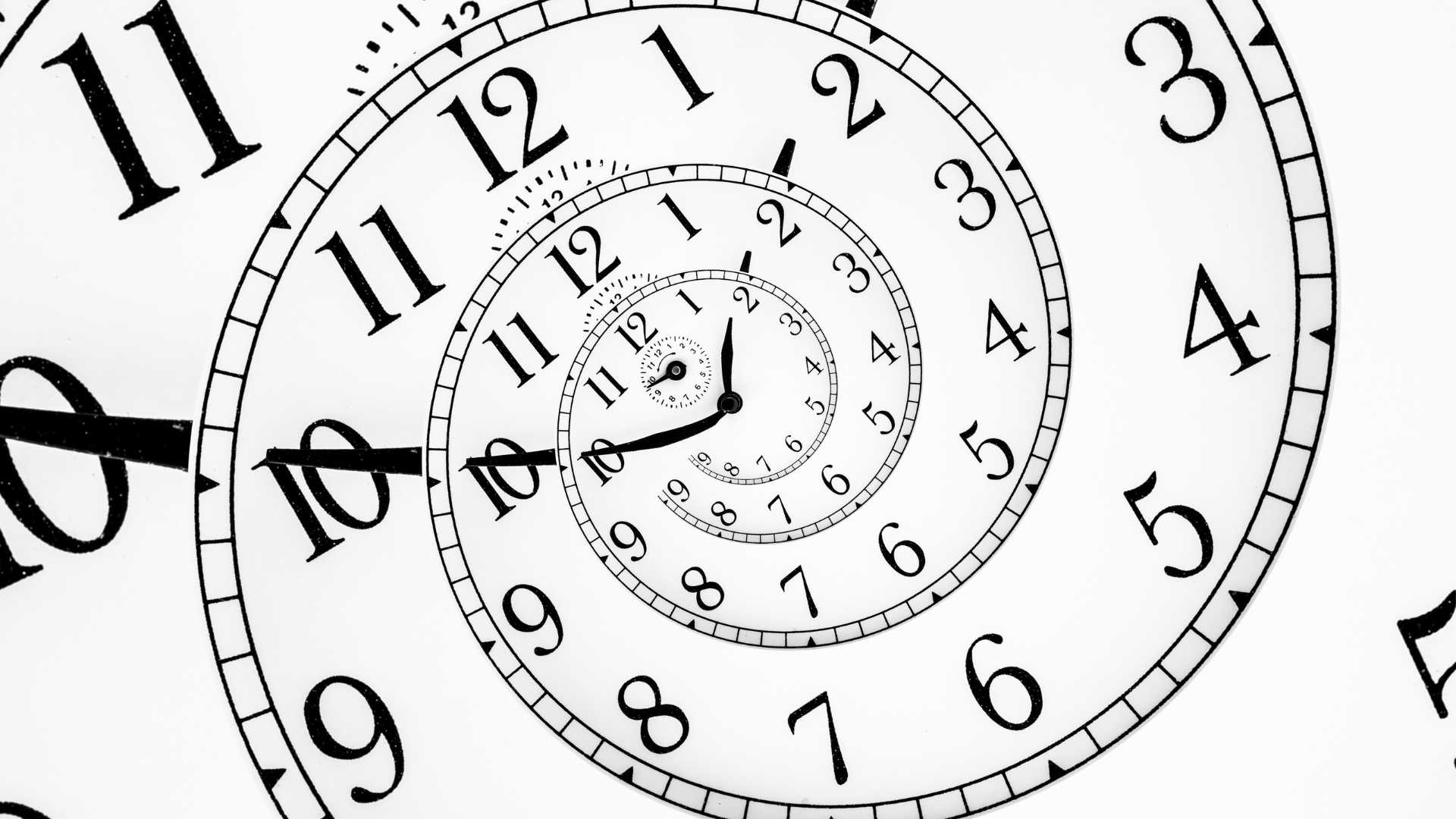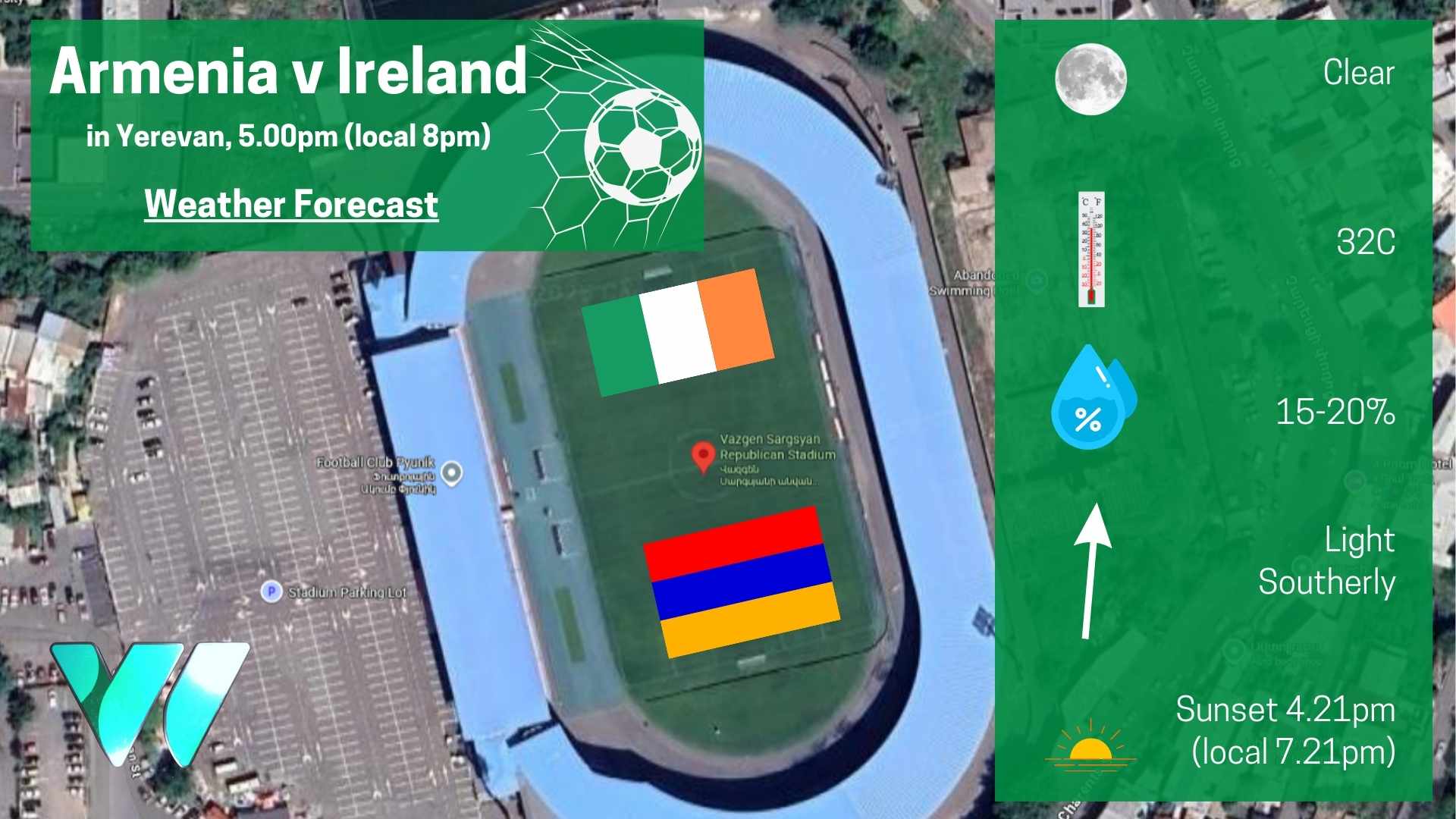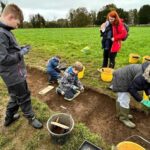
9,000-year-old settlement uncovered in Fermanagh
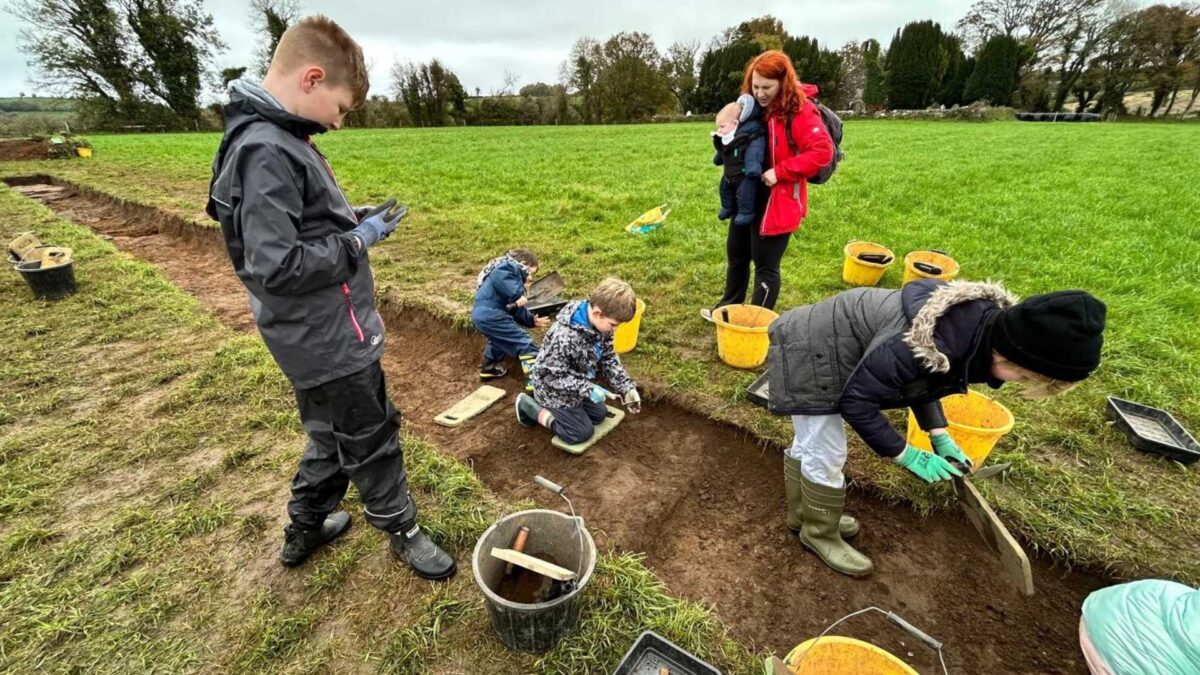
Archaeologists from Queen’s University, working with schoolchildren and community volunteers, have uncovered evidence of a 9,000-year-old settlement in Derrygonnelly, County Fermanagh.
The discovery was made during a two-week excavation originally aimed at locating the ruins of the 400-year-old Derrygonnelly Castle.
The dig was led by the Community Archaeology Programme Northern Ireland (CAPNI) and funded by the National Lottery Heritage Fund. Professor Eileen Murphy, who oversaw the excavation, said the findings were “mind-blowing”. The team uncovered 17th-century artefacts including imported pottery from England, fragments of clay pipe, building materials and a possible William and Mary halfpenny. A 17th-century ditch, possibly a temporary defensive feature, was also identified.
The most remarkable discoveries, however, were of Early Mesolithic flint and chert tools dating back 9,000 years, showing that hunter-gatherers once lived at the site. The team also found evidence of a prehistoric round house from the Early Bronze Age, around 4,000 years ago, identified through a large fragment of diagnostic pottery in one of the post-holes.
Professor Murphy said the excavation raised awareness of Derrygonnelly’s rich history, much of which had been lost since the castle was erased from the landscape in the early 19th century. She added that the involvement of nearly 250 schoolchildren and 35 volunteers helped give local people a sense of pride in their heritage.
Councillor Barry McElduff, Chair of Fermanagh and Omagh District Council, described the excavation as a memorable and inspiring experience, praising the collaboration between archaeologists, volunteers and students.
CAPNI has conducted eight excavations across Northern Ireland over the past two years in counties Antrim, Down, Fermanagh, Derry and Tyrone.
The programme also runs educational and public engagement initiatives, including school hubs, public festivals, guided walking tours, field surveys and the Open Learning Lecture Series, involving nearly 14,000 participants.
Share this WeathÉire story: